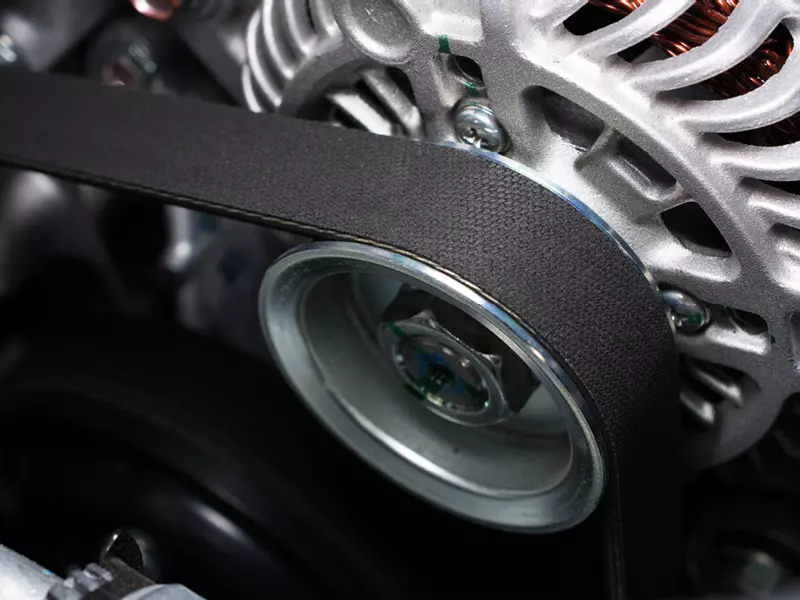
A squeaky belt on your car always makes it sound like somethign terminal is about to happen. So what can you do to stop it from making such a horrific noise?
Well, there are a number of things, which we’ve listed below.
01 Identify it
Before you can fix the squeak, you need to find the squeak. This means starting the car up and looking for the source of the noise, which, depending on the age of your car, could be a number of things.
A squeaky belt is one that's slipping. This means it can never be the timing belt at fault, because timing belts have teeth. They have teeth because they cannot be allowed to slip – if they did, your engine's internal timing would change and various expensive bits would start banging into one another, killing the engine. As such, you’re looking at the other belts.
The main culprit 90% of the time is going to be the auxiliary serpentine belt. This is the belt that drives the air con, the alternator, the water pump and so on.
Another common culprit is the fan belt. In most modern cars, the fans are electric. However, on older cars the fan will be driven by a belt.

02 Dress it
Once you’ve found the source of the noise, the first step is to dress the belt. You can buy belt dressing, which serves to protect and also add moisture to the belt – a dry belt is going to howl. Simply spray it on the inside surface of the belt while the engine is running (so you get the whole belt, not just a section). This should at least dull the noise.
03 Tighten it
The belt is going to be held in place by a tensioner – check your Haynes manual to find out where it is. You should be able to loosen the bolt holding this in place, which will allow you to move it (you may need to do this carefully with a pry bar) and put more tension on the belt.
More tension means less play, and less play means less chance of noise. Tighten the bolt back up and see if silence has been restored.
04 Replace it
Serpentine belts are common service items, as such you don’t need to be a qualified mechanic in order to replace them. As above, you’ll need to slacken off the tensioner and then you should be able to remove the belt.
However, a word of caution. Serpentine belts have the name because they wind in and out of various pulleys. You need to either snap a picture on your phone or consult your Haynes manual to ensure you put it back on the right way.
Furthermore, once the belt is off, check the condition of the tensioner pulley. Spin it and listen for any grumbling/grinding noises. If you hear (or even feel) any, you should replace the tensioner.
In the case of a fan belt, you won’t have a tensioner at all. You may, however, need to slacken off the bolts on one side of the alternator, which will then move in an arc to take the tension off the belt. The you just slip a new one on, put tension back on it, tighten up the alternator and that’s it, job done.